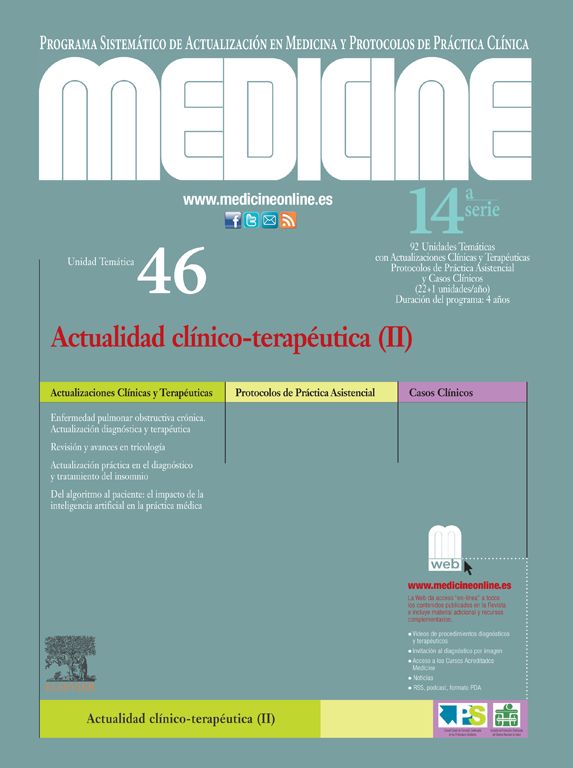Las cefaleas trigémino-autonómicas (CTA) y las neuralgias craneofaciales son otras formas de cefaleas primarias poco frecuentes pero muy incapacitantes. Dentro del término CTA se incluyen cuatro síndromes clínicos: cefalea en racimos, hemicránea paroxística, cefalea neuralgiforme unilateral de corta duración y hemicránea continua. Las CTA tienen en común la presencia de dolor estrictamente unilateral en el territorio trigeminal, con sintomatología autonómica acompañante, y se distinguen entre sí por la diferente frecuencia y duración de las crisis y la respuesta farmacológica. Cada uno de estos síndromes tiene unos criterios clínicos bien definidos y tratamientos específicos. Por otro lado, la neuralgia del trigémino es el tipo de neuralgia más frecuente, y se define clínicamente por episodios de dolor de muy breve duración, gran intensidad y características lancinantes, distribuidos en una o más ramas del nervio trigémino. El fármaco de elección en la neuralgia del trigémino continúa siendo la carbamacepina y, en pacientes que no responden al tratamiento médico, debe valorarse la cirugía, con técnicas ablativas o descompresión microvascular. La neuralgia occipital se caracteriza por episodios de dolor habitualmente lancinante localizados en la distribución de los nervios occipitales. El tratamiento inicial más habitual es la infiltración occipital, que tiene valor diagnóstico y proporciona un alivio rápido de los síntomas.
Palabras clave
Trigeminal autonomic cephalalgias (TAC) and craniofacial neuralgias are other forms of primary headaches that are uncommon but very debilitating. Four clinical syndromes are encompassed within the term TAC: cluster headache, paroxysmal hemicrania, short-lasting unilateral neuralgiform headache, and hemicrania continua. A common feature of TAC is the presence of strictly unilateral pain in the trigeminal area with accompanying autonomic symptoms. They are differentiated according to the different frequencies and durations of the episodes and the pharmacological response. Each of these syndromes has well-defined clinical criteria and specific treatments. On the other hand, trigeminal neuralgia is the most common type of neuralgia and is clinically defined by very short, high-intensity episodes of pain of a stabbing nature distributed in one or more branches of the trigeminal nerve. The drug of choice in trigeminal neuralgia continues to be carbamazepine and, in patients who do not respond to medical treatment, surgery with ablative or microvascular decompression techniques should be evaluated. Occipital neuralgia is characterized by episodes of pain that are usually stabbing located in the distribution of occipital nerves. The most common initial treatment is occipital nerve block, which has diagnostic value and provides rapid symptoms relief.
Keywords
Identifíquese
¿Aún no es suscriptor de la revista?
Comprar el acceso al artículo
Comprando el artículo el pdf del mismo podrá ser descargado
Teléfono para incidencias
De lunes a viernes de 9h a 18h (GMT+1) excepto los meses de julio y agosto que será de 9 a 15h




